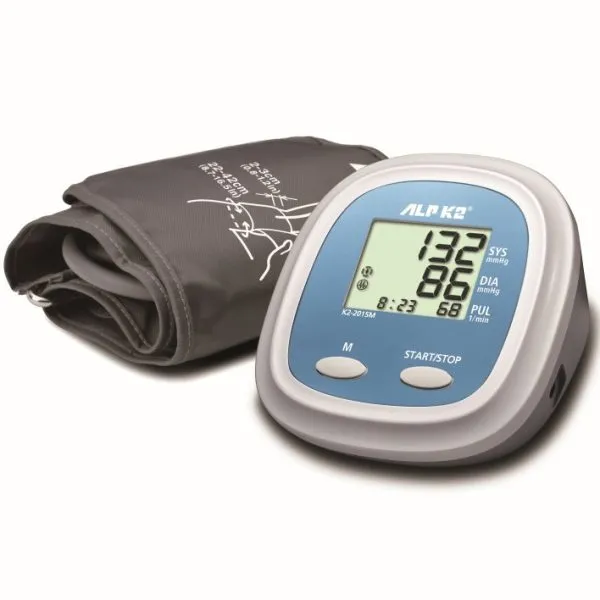BLOOD PRESSURE
WHO NEEDS A BLOOD PRESSURE MACHINE
Blood pressure conditions are chronic and require long-term monitoring. Therefore, a home blood pressure machine is essential for anyone that has been diagnosed with hypertension or hypotension. More so because the symptoms of a hypo or hypertensive crisis can easily be mistaken for malaise yet such episodes are life-threatening. Getting an accurate daily reading could help you monitor your progress and know when to seek help.
Patients that suffer from emotional anxiety or white coat syndrome would also get better readings at home when they are calmer than at the hospital. Additionally, persons with disabilities may have an easier time monitoring their blood pressure from home as hospital visits can be overly exerting. They can equally share their readings with their doctors and benefit from remote care. Where price is a constraint, consider buying from a wholesale blood pressure monitors supplier as they may offer pocket-friendly rates.
WHY DO YOU NEED A BLOOD PRESSURE MONITOR
1- Early Diagnosis of Hypertension
One out of three adults is estimated to have hypertension, but more than 50% are not aware of their condition. Monitoring your blood pressure regularly is a very effective way to diagnose hypertension earlier.
2- Identifying “White Coat Hypertension”
There are individuals whose blood pressure measurements are beyond normal in medical facilities because they experience stress when they go to the hospital or to a doctor’s office. Buying a home blood pressure kit of your own helps in ruling out this situational rise in your blood pressure called “white coat hypertension.”
3- Identifying Masked Hypertension
Masked hypertension is a type of hypertension where an individual will have a normal BP measurement using a hospital blood pressure machine in a doctor’s outpatient office. However, the value will be higher when the individual is at home. A personal BP monitor helps your doctor in diagnosing masked hypertension by comparing your own measurements with his/hers.
BLOOD PRESSURE DEVICES
Blood pressure monitoring devices, or sphygmomanometers, use manometers and inflatable cuffs that can be operated either manually or electrically to measure blood pressure. There are digital BP monitors that you can easily operate just by pressing a button. These devices display data on digital screens.
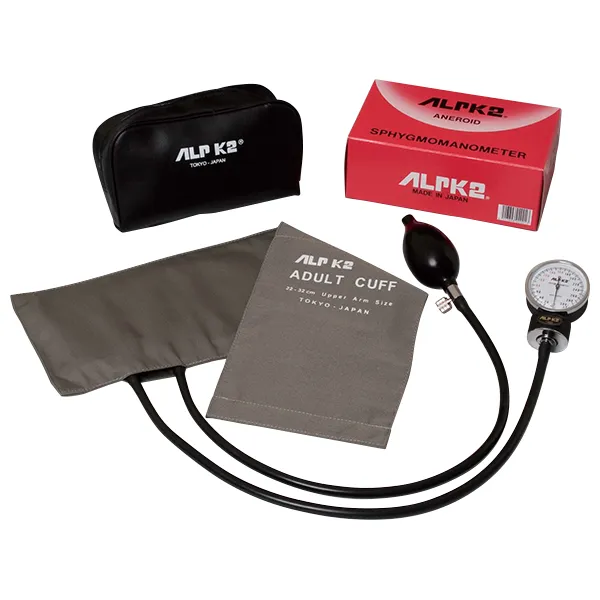
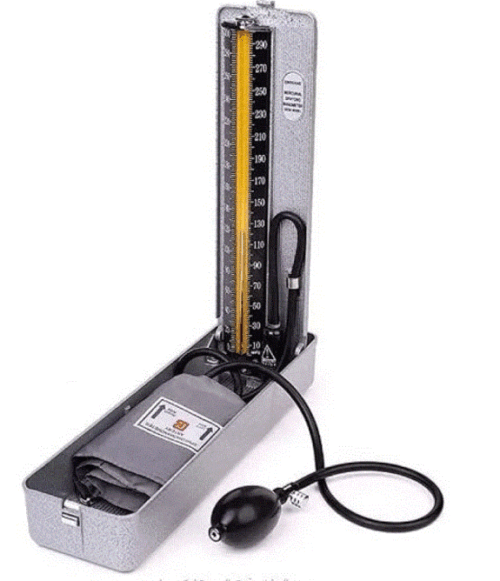
DIGITAL BLOOD PRESSURE MONITORS
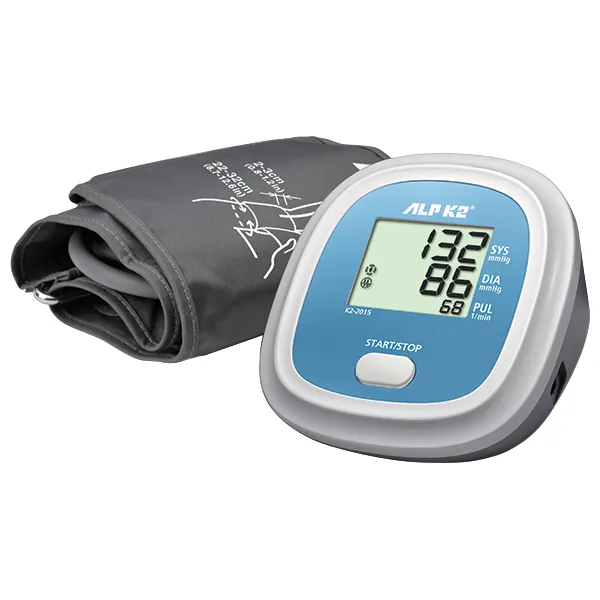
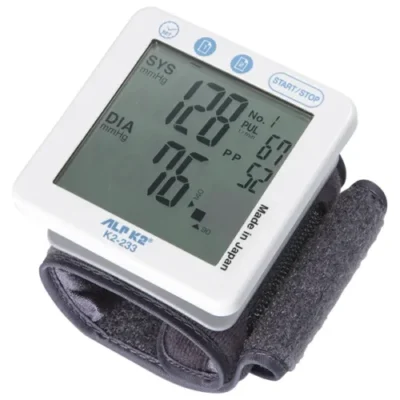
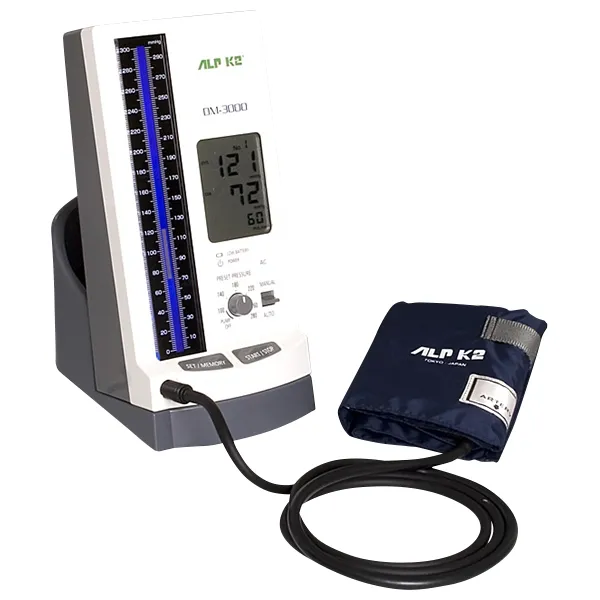
Although manual BP monitors are still around today, operating them requires medical expertise. What if you want to measure your blood pressure without the assistance of an expert? You can use a digital BP monitor. Checking your blood pressure often reduces your risk of developing hypertension or high blood pressure. If this health problem is left untreated, it can lead to severe health complications like organ damage, stroke, and heart failure.
DIGITAL OR MANUAL ?

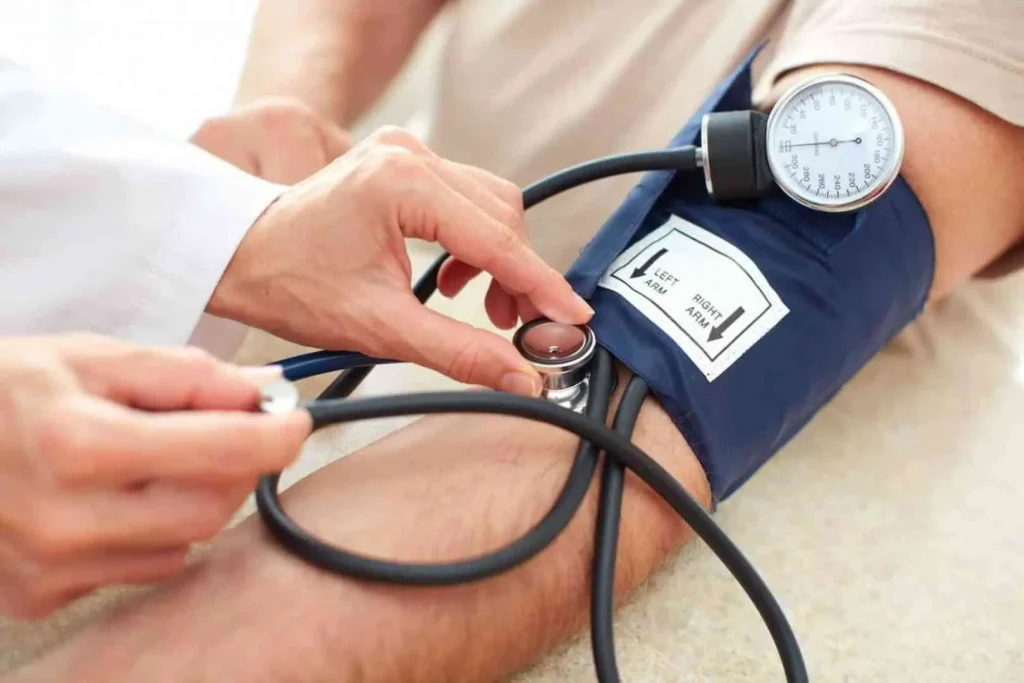
An automatic blood pressure machine comprises a wrist or an upper arm cuff and a digital display. During readings, the cuff is automatically inflated by the machine and the BP reading is displayed on the digital display. This mechanism makes it easy for anyone to take readings on their own without any special skills.Automatic home BP machines are also compact and portable.In contrast
a manual blood pressure machine has an upper arm cuff, an aneroid gauge, a pumping bulb, and a stethoscope. To take a reading, a patient would have to manually inflate the cuff, listen to the heart rate on the stethoscope, and watch the gauge for the BP readings. As such, a manual BP monitor would be unsuitable for a blind or a deaf patient. Further, the complexity of the reading process leaves room for error and can be difficult for one person to handle without assistance.
UPPER ARM CUFF OR WRIST CUFF ?
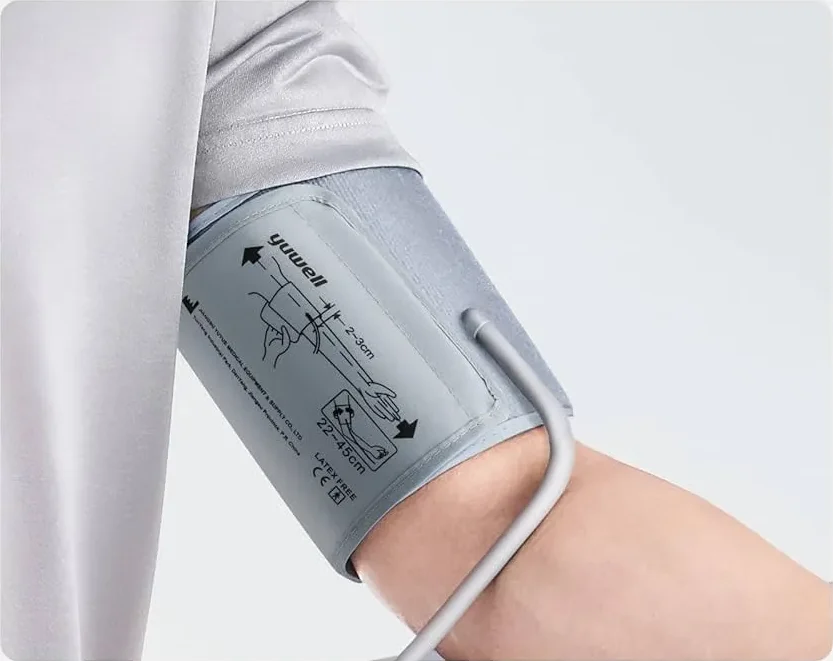
It is recommended that a blood pressure machine cuff is placed at the same level as the heart during readings. An upper arm cuff makes it easy to implement this as it is placed right above the elbow. It is, however, important that the cuff fits comfortably around the upper arm; a loose or overly tight fit would give inaccurate readings. Some patients may also have a hard time maneuvering the cuff to their upper arm.

A wrist blood pressure cuff is worn around the same position where you would wear a wristwatch. According to medical research, readings taken from the wrist can have inaccuracies as it is harder to maintain the wrist at heart height. Nevertheless, a BP machine with a wrist cuff may be a good alternative for anyone that is not able to wear an upper arm cuff due to size or other challenges.
HOW TO READ BLOOD PRESSURE ON A BLOOD PRESSURE MACHINE
The heart pumps oxygenated blood to the rest of the body through arteries. Blood pressure is, therefore, the amount of pressure at which blood pushes through the arteries as the heart pumps. When the pressure force is too high the patient is said to be hypertensive and when it is too low, they are hypotensive.
Normal blood pressure is a state where blood flows through the arterial system in a force that is neither too high nor too low. It is also the baseline against which all BP readings are compared.
Interpreting Blood Pressure Readings
The display screen on a digital blood pressure machine displays 3 main sets of numbers during readings. They represent systolic pressure, diastolic pressure, and heart rate from top to bottom, in that order.
Systolic pressure- this is the pressure that blood exerts on your arteries when it pumps.
Diastolic pressure- this is the pressure that blood exerts on your arteries between heart pumps/beats.
Heart rate- the number of times your heart beats in a minute.
Systolic and diastolic blood pressure are interpreted in relation to each other as summarized below.
Normal reading
Systolic pressure at or below 120 mmHg
Diastolic pressure less than 80mmHg
Elevated BP
Systolic at 120-129 mmHg
Diastolic at below 80 mmHg
Hypertension
Systolic above 140 mmHg
Diastolic above 90 mmHg
Hypertensive Crisis
Systolic above 180 mmHg
Diastolic above 120 mmHg
